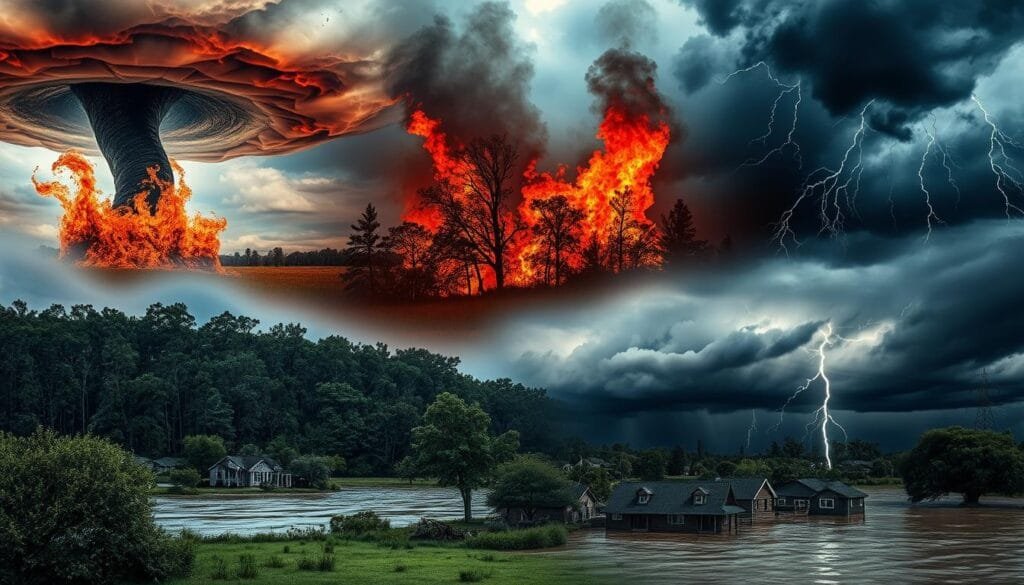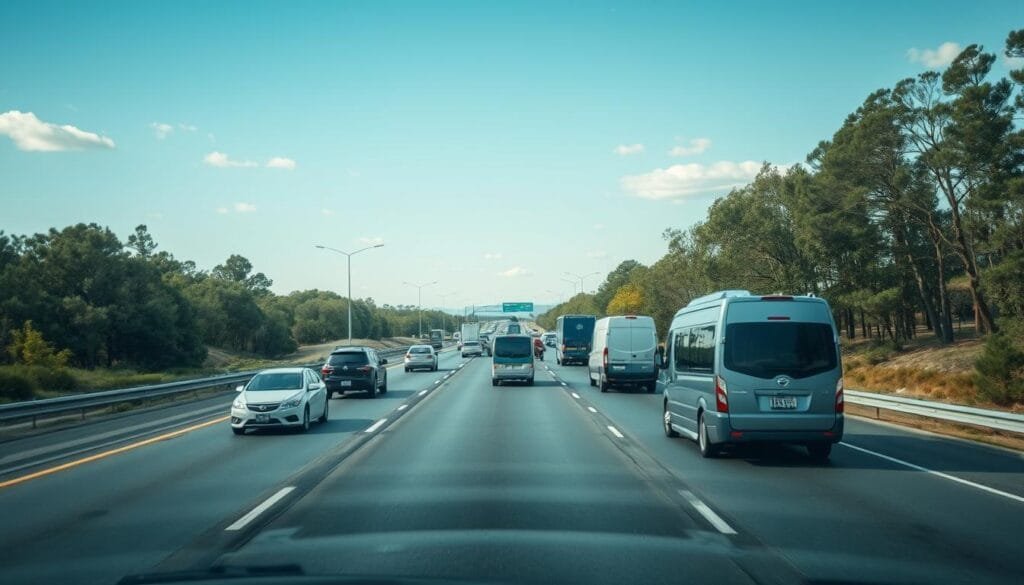Owning a home is a big investment that needs protection. Home insurance safeguards your property and belongings against various risks. It provides financial coverage for unexpected events that may affect you and your family.
Home insurance policies come in different types to suit various needs. Many factors influence insurance rates, such as your home's age and location. Understanding these elements helps you choose the right coverage for your property.
Homeowners can benefit from knowing the ins and outs of insurance policies. This knowledge empowers you to make smart decisions about protecting your home and assets. Let's explore the world of home insurance together.
Key Takeaways
- Home insurance provides financial protection for your property and personal belongings.
- Policies can cover a range of risks, including damage from natural disasters, theft, and liability.
- Factors like the age and location of your home, as well as your credit score, can influence your home insurance rates.
- Understanding the different coverages available can help you choose the right policy for your needs.
- The home insurance claims process involves thorough documentation and communication with your insurance provider.
What is Home Insurance?
Home insurance protects your house and belongings financially. It covers your home's structure and personal items against damage or loss. This type of property insurance is also called homeowner's insurance.
Types of Home Insurance Policies
HO-3 policies are the most common type of home insurance. They cover your home's structure and personal belongings broadly.
HO-5 policies offer more comprehensive protection. They include coverage for more types of perils than HO-3 policies.
Factors Influencing Home Insurance Rates
Several factors affect home insurance costs. These include your home's age and location, the value of your belongings, and your claims history.
These elements play a role in determining your home insurance premiums. Understanding them can help you manage your coverage costs.
"Home insurance is a crucial investment that can provide peace of mind and financial protection for one of your most valuable assets – your home."
Home Insurance Coverages
Home insurance shields your property and belongings from various risks. These policies cover damages from fire, theft, vandalism, and some natural disasters. Let's explore the main coverages in a typical home insurance policy.
Dwelling Coverage
Dwelling coverage is the foundation of home insurance. It protects your home's structure, including walls, roof, and foundation. This coverage helps repair or rebuild your home after covered damages.
Personal Property Coverage
This coverage protects your belongings from theft, fire, and other covered perils. It helps replace items like furniture, electronics, and clothing if damaged or stolen. Your possessions are safeguarded, giving you peace of mind.
Liability Coverage
Liability coverage is a crucial part of home insurance. It shields you from legal issues if someone gets hurt on your property. It also covers accidental damage you cause to others' property.
This coverage can pay for medical bills, legal fees, and any resulting settlements. It's an essential safeguard against unexpected incidents.
Additional Living Expenses
This coverage helps if your home becomes unlivable due to a covered loss. It covers temporary housing, meals, and other necessary costs. This support lasts while your home is being fixed or rebuilt.
Know your policy's limits and exclusions to ensure proper protection. Review your coverage regularly and make changes as needed. This way, you'll have confidence in your home insurance protection.
| Coverage Type | Description | Typical Limits |
|---|---|---|
| Dwelling Coverage | Protects the physical structure of your home | Typically based on the replacement cost of your home |
| Personal Property Coverage | Protects your personal belongings, such as furniture and electronics | Typically 50-70% of your dwelling coverage limit |
| Liability Coverage | Protects you from legal liability for injuries or damages caused to others | Typically $100,000 to $500,000 or more |
| Additional Living Expenses | Covers the costs of temporary housing and other necessary expenses if your home is uninhabitable | Typically 20% of your dwelling coverage limit |

"Protecting your home and belongings is essential, and understanding the coverages included in your home insurance policy is the first step towards achieving that peace of mind."
Home Insurance and Natural Disasters
Natural disasters are happening more often and getting worse. Home insurance can protect your property when disaster strikes. Let's explore how it safeguards your home from floods and fires.
Protecting Your Home from Floods
Flood insurance is vital for homes in flood-prone areas. Regular home insurance doesn't cover flood damage. A separate flood insurance plan is necessary.
These policies shield you from financial ruin due to rising waters. They cover repair costs, damaged belongings, and temporary living expenses.
Fire Safety and Home Insurance
Fires can destroy homes, but insurance provides needed coverage. Know what fire-related protection your policy offers. This includes coverage for structure, belongings, and living expenses if displaced.
Good home maintenance and fire safety practices are important. They lower fire damage risk and keep your insurance policy effective.
Understanding home insurance for disasters helps protect your property. Taking steps to safeguard your home gives peace of mind. Your home and belongings stay secure, even when the unexpected happens.

"Home insurance is the foundation of financial security when disaster strikes. It's not just a policy – it's a safety net that can make all the difference in your recovery."
Home Insurance Claims Process
Filing a home insurance claim is crucial when your property suffers damage. This guide will help you navigate the process successfully. You'll learn how to gather documents and communicate with your insurance provider effectively.
Understanding the claims process empowers you to protect your home confidently. With the right knowledge, you can handle any covered loss or damage. This information will help you get your claim resolved quickly.
Documentation for Home Insurance Claims
Keeping detailed records is vital for filing a home insurance claim. You'll need repair estimates, invoices, and photos of the damage. Having these documents ready will speed up the claims process.
Maintaining a thorough inventory of your belongings is also important. This list helps prove your claim and ensures you get proper coverage. It's a key step in protecting your property.
Clear communication with your insurance provider is essential. Learn how to submit your claim and provide updates efficiently. Understanding these steps will make the claims experience smoother.
By following this guidance, you can focus on restoring your home. A well-prepared claim leads to faster resolution and less stress. You'll be back to normal sooner with the right approach.


























